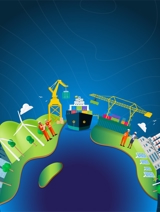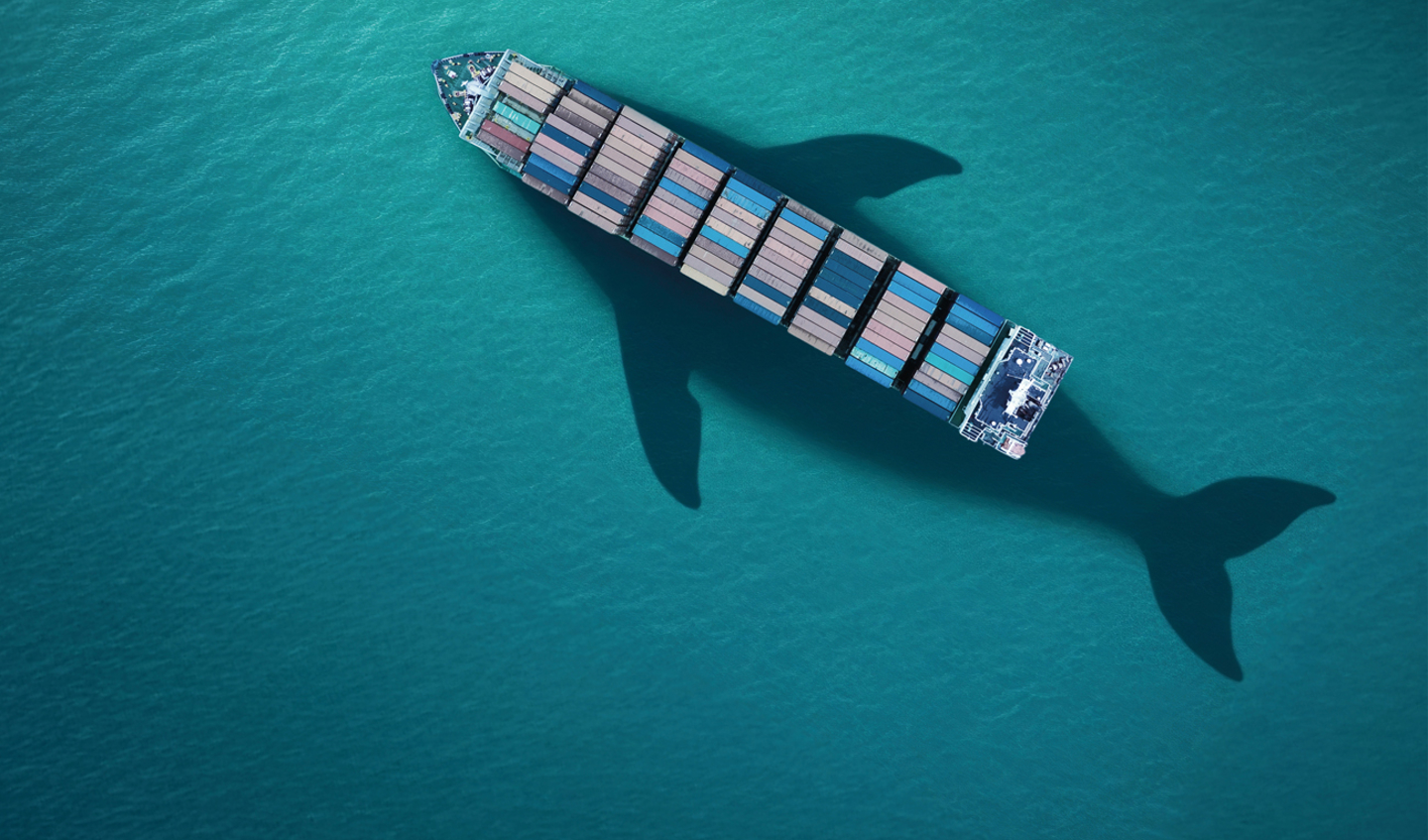While discussions around sustainability in the sector often focus on greenhouse gas (GHG) emissions, the impact on marine biodiversity is often underestimated. Marine biodiversity is crucial for maintaining the resilience of the ocean ecosystems that shipping relies upon. Understanding this connection and the pressures shipping activities places on marine ecosystem are important for both ocean health and the industry's long-term viability and success.
The recent third United Nation’s Ocean Conference (UNOC) in Nice brought together different maritime stakeholders across a number of shipping-related events, with an emphasis on ocean conservation and the management of sensitive areas, demonstrating a renewed focus and commitment.
“At UNOC, we observed deeper understanding of the ocean. While shipping is a significant part of the blue ocean economy and highly regulated compared to other industries, progress is still needed, particularly on our emissions to water discharges. Protecting biodiversity enables the ocean to thrive as an effective carbon sink and continue to provide essential ecosystem services."
The hidden costs of marine operations
To support the shipping industry in managing its impact on the marine environment, LR released its new Shipping Biodiversity Report at UNOC, as a tool to help understand the cause-and-effect relationship between shipping activities and resulting pressures.
One significant pressure is the introduction of non-indigenous and potentially invasive species, which can fundamentally alter native ecosystems through predation, competition, or habitat modification. Ballast water and sediments and biofouling are identified as a major vector for this transfer. Hull and propeller fouling also increase GHG emissions, contributing to climate change and ocean acidification, further expanding biodiversity loss.
At UNOC, Norway, Fiji, and IMO co-sponsored a side event discussing the challenge of the spread of invasive aquatic species, potential solutions, and international efforts to address the issue. Sveinung Oftedal, Chief Negotiator for Green Shipping, Norwegian Ministry of Climate and Environment, said: “It is a great achievement that we here at UNOC3 can promote the decision by the IMO to now embark on the development of a legally binding framework for the control and management of shipsʹ biofouling to minimise the transfer of invasive aquatic species. This will take our actions to minimise the transfer of invasive aquatic species to the next level and enable effective response to this global threat to healthy and rich oceans.”
Shipping also generates harmful and toxic discharges, categorised as either accidental or incidental. Accidental discharges, such as major oil spills or cargo losses like plastic nurdles, can have catastrophic, long-lasting impacts on marine life and ecosystems. Incidental discharges, which occur during normal vessel operation including sewage and grey water, are regulated but can still cause significant environmental harm depending on their frequency, volume, composition, and the sensitivity of the receiving environment. Airborne emissions from ships can also deposit hazardous substances and excess nutrients onto the ocean surface, further altering the marine environment.
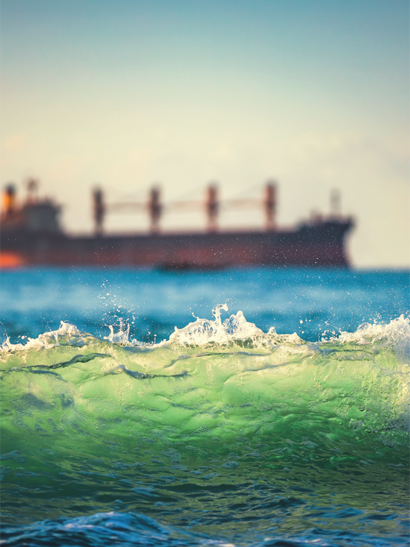
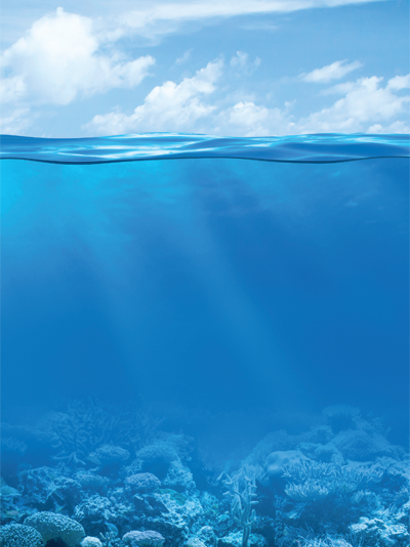
Physical impacts from shipping operations create additional pressures. Ship strikes pose lethal threats to marine mammals, particularly in busy shipping lanes that intersect with migration routes. Anchoring activities can destroy sensitive seafloor habitats, including coral reefs that have taken decades or centuries to develop. The cumulative effect of physical impact such as vessel generated waves, turbulence and airborne noise further contributes to ecosystem degradation, particularly in shallow coastal areas where many species breed and feed.
One of the most pervasive yet least visible impacts of maritime operations is underwater radiated noise (URN). Modern commercial vessels generate significant acoustic disturbances and are now the primary contributors to chronic ocean noise. This constant din alters the behaviour and distribution of marine mammals and fish, disrupting essential activities such as feeding, mating, and navigation.
At UNOC, ministers from Panama and Canada, along with leaders from 35 countries, launched the High Ambition Coalition for a Quiet Ocean, the first global coalition aimed at reducing ocean noise pollution. The declaration sets an agenda to promote quieter ship designs, consider noise reduction in marine protected areas, and support capacity building with shared tools and technologies. Michelle Sanders, Alternative Permanent Representative of Canada to the IMO, said: “Reducing underwater radiated noise from ships is not merely a matter of environmental stewardship, it is of critical importance for ocean health. This High Ambition Coalition will help elevate ocean noise as a global environmental priority and promote ambitious actions to address this increasing threat to marine biodiversity.”
“Ocean noise is a global issue that requires ambitious global cooperation. Through this coalition, we are demonstrating Canada’s commitment to international leadership on ocean conservation and inviting our partners to join us in restoring a quieter, healthier ocean for future generations—while supporting sustainable economic activity,” added The Honourable Chrystia Freeland, Minister of Transport and Internal Trade for the Canadian government.
Meeting the challenge
To effectively address these challenges, the Shipping Biodiversity Report recommends a number of practical strategies and actionable pathways for shipowners and operators, such as early consideration of biodiversity impacts during vessel design, technology and digital adoption, and holistic thinking around ship discharges and future fuels.
Adopting an ecosystem-based approach, tailoring solutions to specific environments, rather than a one-size-fits-all method, is recommended to address pressures where they are most impactful. A precautionary approach, taking preventative measures even with scientific uncertainty, is also vital to avoid costly restoration efforts later.
“Forward-thinking companies are recognising that early adoption of biodiversity protection measures provides competitive advantages in this changing regulatory landscape. There are other upcoming UN instruments that can influence the industry, such as Biodiversity Beyond National Jurisdiction (BBNJ) agreement or the Global Plastics Treaty for example,” says Sahan. “Rather than waiting for mandatory requirements, they are implementing voluntary measures that demonstrate environmental leadership whilst building operational experience with new technologies and procedures.”
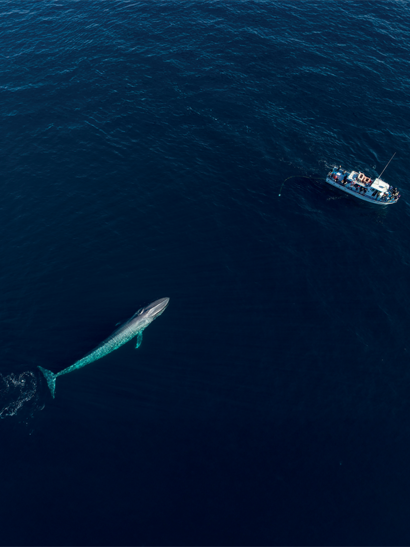
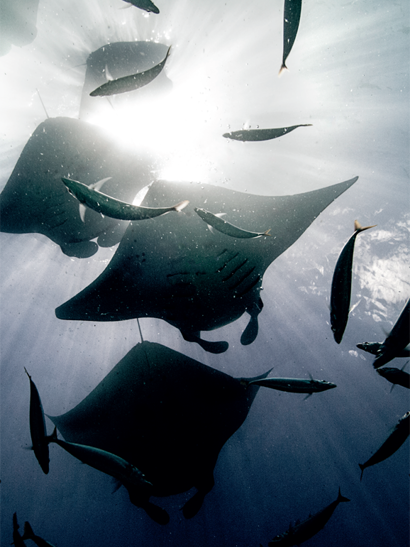
Technological solutions and operational innovation
New technologies and strategies are being explored, often involving a combination of technical advancements, operational practices, and increased collaboration. These include using innovative fouling deterrence for coatings, adopting advanced treatment systems for ship discharges and managing speed in vulnerable habitats.
Advanced ballast water treatment systems now offer efficient, cost-effective solutions for preventing species introduction. These technologies, ranging from ultraviolet sterilisation to electrochemical treatment, are becoming increasingly sophisticated, robust and accessible.
Noise reduction technologies are emerging as another area of significant development. These include both active and passive noise abatement, such as propeller design improvements, engine mounting systems, and hull modifications.
Digital technologies are enhancing environmental monitoring and management. LR’s OneOcean platform, for example, is incorporating environmental overlays that enable vessel operators to visualise sensitive areas in real time and adapt routes accordingly.
These platforms go far beyond just route planning says Marius Suteu, Head of Emerging Opportunities at LR OneOcean, “We're combining planning, monitoring and data to help protect marine biodiversity. Our systems give operators real-time environmental information so they can make better decisions about what they can and cannot do as well as where and how they navigate through sensitive marine areas.”
Digital twins of port ecosystems are also being developed to simulate biodiversity impacts before construction begins, enabling smarter design decisions.
Charting a sustainable course forward
The industry is presented with an opportunity, particularly as the global fleet ages and decarbonisation efforts accelerate. Integrating biodiversity considerations into the development of new fuels and technologies, as well as in human factors, can create synergies that reduce both GHG emissions and biodiversity loss. Transparency, reporting, and collaboration across the maritime value chain is essential for developing effective solutions. The complexity of marine ecosystems demands interdisciplinary expertise, while the scale of global shipping requires coordinated implementation of protective measures.
Claudene Sharp-Patel, Global Technical Director at Lloyd's Register, said: “We are proud to be the first industry to agree on binding measures to address climate change. However, this does not diminish our commitment to nature. There must be deeper alignment across maritime stakeholders, including ship owners, shippers, ports, financiers, and governments. It is imperative that we work collaboratively towards achieving greener shipping for our blue oceans.”


